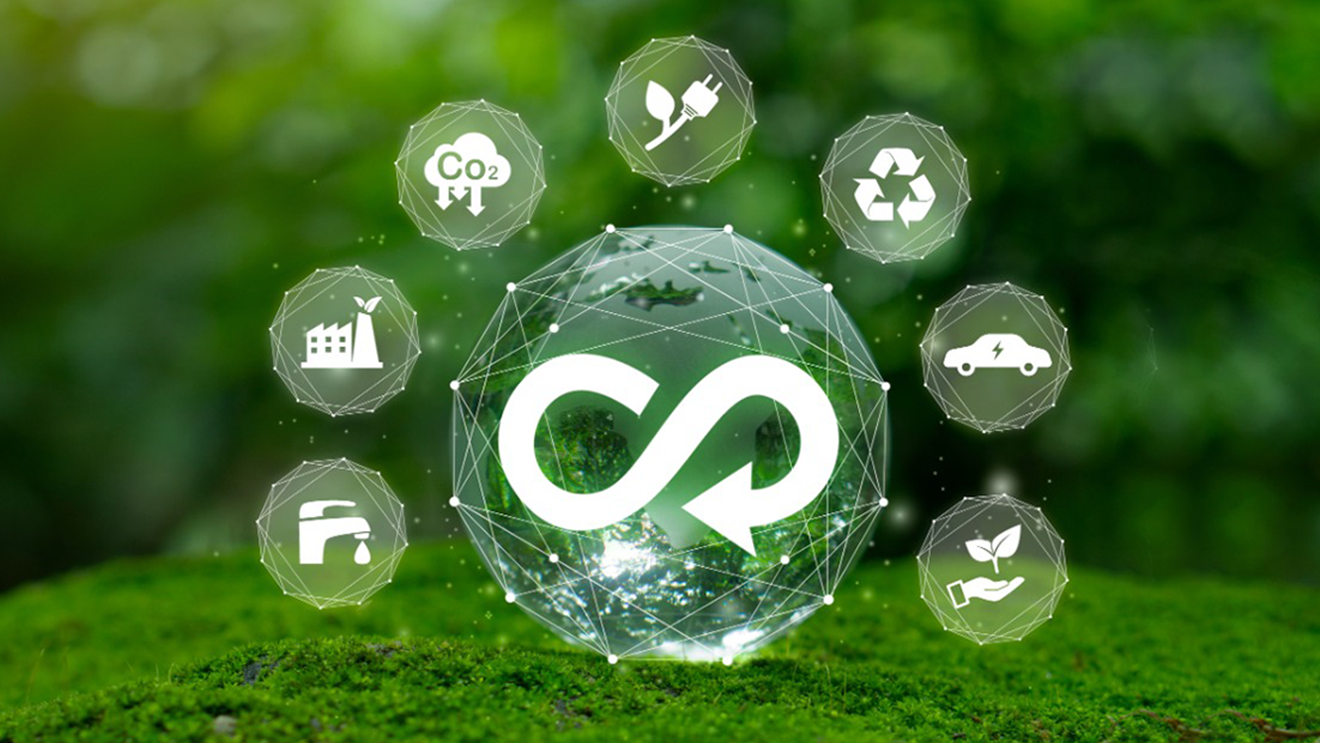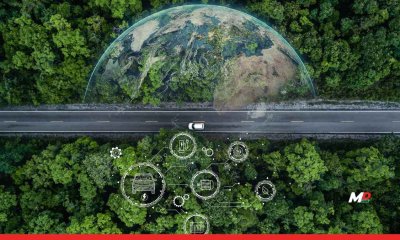Published
3 years agoon

Every year, more than 100 billion tonnes of resources, including metals, minerals, fossil fuels, and organic materials derived from plants and animals, enter the market. Only 8.6% of waste is recycled and repurposed. Resource use has increased threefold since 1970, and if current trends continue, it might increase by another twofold by 2050.
This over consumption has terrible consequences for people, animals, and the environment. A circular economy, where waste and pollution are designed out, products and resources are maintained in use for longer, and natural systems can regenerate, is more necessary than ever for our society. Moreover, a circular economy can also create significant opportunities and have a positive impact on a variety of companies, sectors, and people’s lives in addition to addressing environmental issues.
So, being assertive with the circular economy notion, here are nine call to action measures that when implemented can speed up the transition to a circular economy.
1. Change consumption habits
There is no doubt that circular techniques that change consumption habits in higher income populations—such as lowering floor area per capita, carpooling, and extending the lifespan of clothing—have the greatest potential to reduce emissions. Several levers, including awareness-raising, education, service-based business models, and legislation that promote behavioural changes, are needed to accomplish this on a large scale.
Consider the textile sector. Each year, enormous amounts of fossil fuels are utilised to manufacture clothing made of synthetic fibres. Nearly 100 billion cubic metres of water are used annually for textile production, including cotton farming, accounting for 4% of all freshwater withdrawals worldwide. People also discard still-wearable clothing worth an estimated $460 billion annually. In order to decrease the quantity of land, water, and fossil fuels necessary to make new clothing, a circular economy for textiles must be established. It entails altering consumption habits to cut down on new purchases and extend the lifespan of clothing.
Urban planning is also a good illustration of how better design can cut down on the requirement for resources. In order to plan for city-level circularity, many governments have begun to co-develop policy roadmaps. These roadmaps look at reducing underutilized buildings, implementing green public active transport choices, and creating cities that can adapt to changing social requirements.
2. Encourage product circularity beginning with the design stage
Since material-efficient design for the built environment and transportation is predicted to have a great potential for reducing emissions, more focus needs to be placed on product design. However, product design also makes it possible to implement other circular economy ideas, such as prolonging a product’s lifespan and making it possible for it to be recycled. Policy has a big part to play because current market processes frequently don’t provide enough incentives for product creation.
3. Add circularity to all value chains for sustainable energy.
The field of a circular economy for renewable energy value chains is new but getting busier. The majority of current efforts are directed towards end-of-life recycling, ignoring the environmental and social advantages of other circular economy initiatives. To embed circular economy strategies in clean energy value chains, support their sustainable scale-up, and prevent having to address any unintended environmental and social negative consequences, businesses, governments, NGOs, and researchers must work together to define a common vision and establish collective actions.
4. Include circular economy solutions in national plans and policies about climate change.
Calls for policymakers to include circular economy strategies into national climate policies are gaining ground. Even though waste management has a significant impact on emissions reduction, more systemic approaches, that take into account the product’s lifecycle are required for the greatest benefit.
5. Encourage the reduction of international greenhouse gas emissions
The majority of current policy options for reducing greenhouse gas emissions only take regional or national emissions into account. The unintended result of this segregated emphasis is that nations offshore emissions by moving carbon-intensive operations overseas. A circular economy strategy will include cross national boundaries at the same time. Therefore, it’s crucial to create cross-border accountability mechanisms in order to adequately account for the emissions reduction implications of a circular economy approach.
6. Link the measurements of the circular economy to the effects of climate change
The creation of circular economy measurements and targets has exploded in recent years. The best metrics must be chosen and the right targets must be established in order to maximise benefits for climate change as well as other environmental and socioeconomic impacts, such as biodiversity, pollution, and employment. As modelling and impact evaluations advance, metrics producers and users will be better equipped to build a science-based strategy for determining the most pertinent circular economy indicators for the impact of climate change and setting targets accordingly.
7. Improve the comparability and transparency of modelling techniques
To make headway on determining the circular economy’s environmental and social effects, agreement on its scope is a necessary first step. This must be followed by the cooperation across the scientific community to develop comparable modelling approaches.
8. Use a context-specific and systemic effect assessment to guide decisions.
A “one size fits all” approach is frequently inappropriate for these because they depend on numerous variables and are frequently context-specific. Applying context-specific impact analysis to guide decision-making for policies and enterprises is crucial to achieving net climate benefits and preventing problem shifting. Consider the food system as an example. Regenerative agricultural solutions are frequently discussed, but their effectiveness is highly dependent on the various geographic, cultural, climatic, and economic contexts in which they are used. Regenerative agriculture approaches require funding for context-specific research, as well as for effective policy to encourage their adoption.
9. Examine how the circular economy might help with coping with climate change.
Enhancing adaptation to climate change involves a wider range of environmental, economic, and social policies and is similarly critical. The extraction and exploitation of material resources is responsible for 90% of the loss of terrestrial biodiversity and water stress. By lowering the demand for raw materials and preserving natural ecosystems that control temperature and protect against flooding, circular economy initiatives could halt the degradation of nature.
Everyone Has a Role
These impact categories show some of the social, environmental, and economic advantages of a circular economy. However, everyone has a responsibility to play, including governments, businesses, civic society, financial institutions, and research groups.


World Bank Warns Indian Cities of $2.4 Trillion Climate Challenge


Udaan Gives India’s Carbon Dioxide Reutilization Revolution Wings


The moto g86 POWER Could Be The Perfect All-Round Phone Under Rs. 20000


Tata Power-DDL Collaborates with Magna Yuma Private Ltd. to establish Battery Swapping Stations in Delhi


UST and BITS Pilani Sign MoU to Accelerate Innovation, Skilling, and Research Excellence


Anant National University: Pioneering Hybrid Workplace Readiness Through Design Thinking

